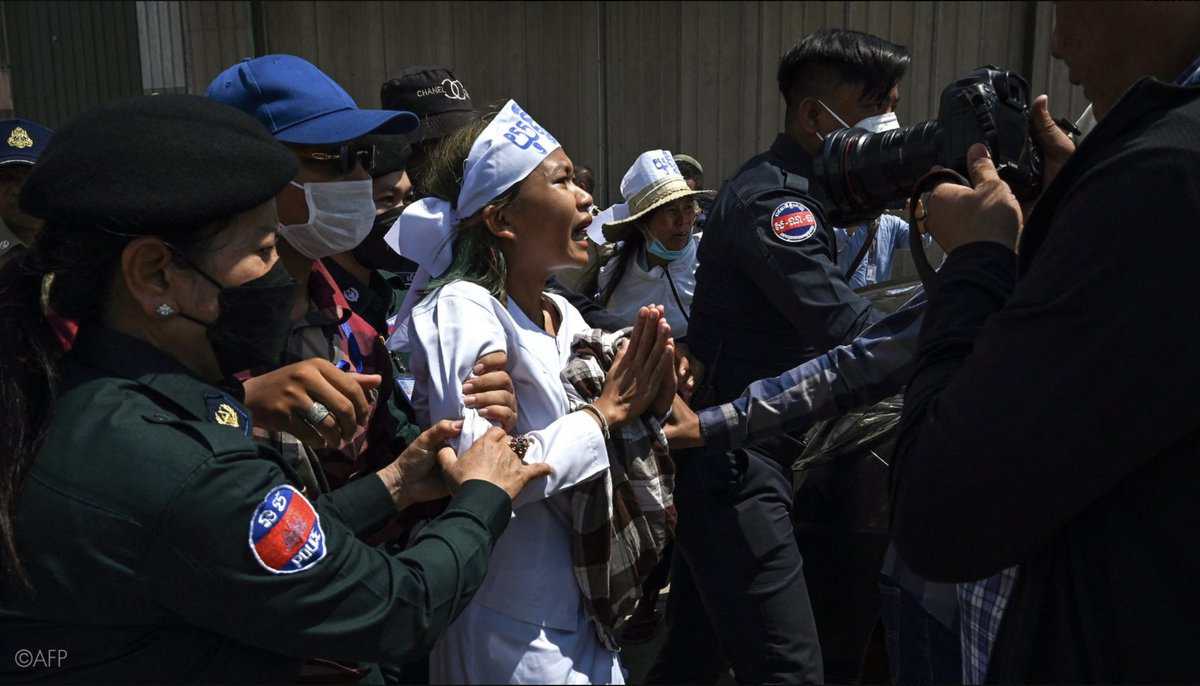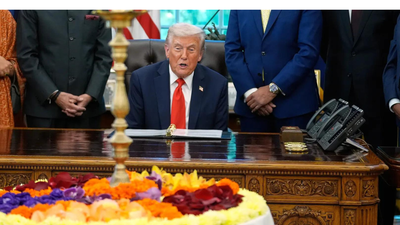Report on Sustainable Ocean Governance and Blue Justice in Alignment with SDGs 14 and 16
Introduction: Reconciling Economic Growth with Sustainable Development Goals
Increased global reliance on the ocean for economic growth presents significant challenges to marine and coastal ecosystems, directly impacting the objectives of Sustainable Development Goal 14 (Life Below Water). Economic activities frequently result in negative environmental impacts, including marine pollution and overfishing. In response, numerous ocean advocates are working to protect marine resources. These defenders face mounting threats and violence, underscoring a critical need to strengthen the framework of Sustainable Development Goal 16 (Peace, Justice, and Strong Institutions) to ensure their safety and protect their rights. The concept of “Blue Justice” has emerged to address this intersection, advocating for sustainable ocean governance that integrates ecological protection with human rights and social equity, ensuring the voices of marginalized communities are included in decision-making processes.
Key Areas for Examination in Ocean Governance
This report identifies critical areas of focus required to align ocean-based economic pursuits with principles of social equity and environmental justice, directly supporting the implementation of SDGs 14 and 16.
- Blue Growth and Blue Justice: An examination of the relationship between ocean-based economic development and the equitable distribution of resources. This involves analyzing how policies can be structured to be inclusive and sustainable, thereby advancing SDG 14 without compromising the principles of justice central to SDG 16.
- Environmental Justice and Human Rights: An investigation into the disproportionate impacts of marine pollution, climate change, and overfishing on marginalized coastal communities. This addresses the need to uphold the rights of these populations, a core tenet of SDG 16, while mitigating damage to marine ecosystems as targeted by SDG 14.
- The Role and Protection of Ocean Defenders: Highlighting the risks and challenges faced by environmental advocates. This area explores the development of mechanisms to support and protect these individuals, which is essential for ensuring public participation and protecting fundamental freedoms under SDG 16, thereby enabling effective action for SDG 14.
- Interdisciplinary and Global Perspectives: A call for cross-sectoral research and case studies that reflect diverse global experiences. Fostering such collaboration is crucial for building the strong, inclusive institutions required by SDG 16 to achieve justice-centered ocean governance and successfully conserve life below water (SDG 14).
Analysis of SDGs, Targets, and Indicators
1. Which SDGs are addressed or connected to the issues highlighted in the article?
The article explicitly and implicitly addresses two Sustainable Development Goals:
-
SDG 14: Life Below Water
- This SDG is directly mentioned in the article’s introductory sentence. The text focuses on protecting the ocean and marine resources from threats like “overfishing and marine pollution,” which are core issues under SDG 14. The goal is to conserve and sustainably use the oceans, seas, and marine resources for sustainable development.
-
SDG 16: Peace, Justice, and Strong Institutions
- This SDG is also explicitly mentioned. The article highlights the plight of “ocean advocates” who face “threats, and violence.” It calls for protecting their rights and safety and amplifying their voices in decision-making processes. These themes of justice, protecting human rights, and building inclusive institutions are central to SDG 16.
2. What specific targets under those SDGs can be identified based on the article’s content?
Based on the article’s content, the following specific targets can be identified:
-
Under SDG 14 (Life Below Water):
- Target 14.1: “By 2025, prevent and significantly reduce marine pollution of all kinds…” The article directly mentions the need to protect the ocean against “marine pollution” and investigates its impacts on marginalized communities.
- Target 14.4: “By 2020, effectively regulate harvesting and end overfishing…” The text explicitly identifies “overfishing” as a key threat to marine resources that ocean advocates are fighting against.
- Target 14.c: “Enhance the conservation and sustainable use of oceans and their resources…” The article’s focus on “sustainable ocean governance” and “justice-centered ocean governance” aligns with this target, which emphasizes implementing legal frameworks for ocean conservation.
-
Under SDG 16 (Peace, Justice, and Strong Institutions):
- Target 16.1: “Significantly reduce all forms of violence and related death rates everywhere.” The article’s concern for “ocean advocates” and “ocean defenders” facing “threats, and violence” directly relates to this target.
- Target 16.3: “Promote the rule of law at the national and international levels and ensure equal access to justice for all.” The call to protect the “rights and safety” of ocean defenders and the focus on “Blue Justice” and “Environmental Justice” connect to ensuring justice for all.
- Target 16.7: “Ensure responsive, inclusive, participatory and representative decision-making at all levels.” The article stresses the need to “amplify the voices of those historically excluded from decision-making processes,” which is the core of this target.
3. Are there any indicators mentioned or implied in the article that can be used to measure progress towards the identified targets?
The article does not mention official quantitative indicators, but it implies several areas for measurement:
- Incidents of threats and violence against ocean defenders: To measure progress on Target 16.1, one could track the number and nature of “threats, and violence” faced by the “ocean advocates” mentioned in the article.
- Level of marine pollution: To measure progress on Target 14.1, the article implies monitoring the “impacts of marine pollution” on both the environment and marginalized communities.
- Prevalence of overfishing: For Target 14.4, the article’s focus on fighting “overfishing” implies the need to measure fish stock levels and the extent of illegal or unregulated fishing activities.
- Inclusion in decision-making: Progress towards Target 16.7 could be measured by assessing the degree to which “historically excluded” voices, such as those of coastal populations and ocean defenders, are included in “ocean governance” and decision-making bodies.
- Equitable resource distribution: The article’s focus on “equitable resource distribution” implies an indicator related to how the economic benefits of “Blue Growth” are shared among different communities, particularly marginalized ones.
4. Table of SDGs, Targets, and Indicators
| SDGs | Targets | Indicators (Implied from Article) |
|---|---|---|
| SDG 14: Life Below Water |
|
|
| SDG 16: Peace, Justice, and Strong Institutions |
|
|
Source: nature.com







